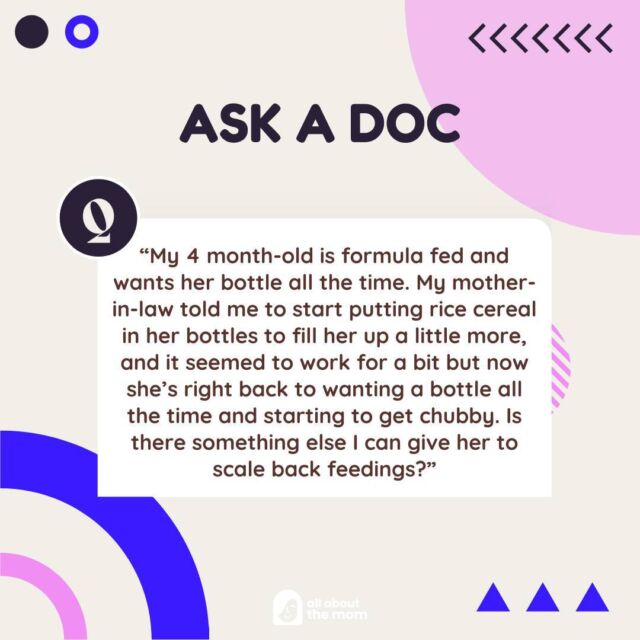My second child was a thumb-sucker.
Sucking is one of the most common ways babies and toddlers comfort and settle themselves. Many – like my daughter, for instance – start in the womb. Sucking is a normal and necessary biological activity for young children that can last well beyond their weaning from the breast and bottle.
Sucking on a thumb has several advantages over a pacifier.
For one, thumbs are always handy and are under the child’s own control. There’s no crawling around on the floor in the dark looking for a lost paci, no need for constant replugging during the night, and no concern about increased ear infections. (According to a study in Pediatrics, pacifiers may cause 40% more ear infections, or acute otitis media.)
There’s something sweet and endearing about seeing a baby drifting off to sleep with thumb in mouth. But when they get to be preschoolers, it’s not so cute. Knowing a surplus of germs was going straight into my daughter’s mouth several times daily was, well, hard to swallow. When she turned four, we decided to take action.
What the doctor said.
We consulted her older brother’s orthodontist in Raleigh, Dr. Herbert Land, who, it turned out, was quite accomplished at helping to end thumb sucking. “We love thumb-suckers,” said Allison Williams, Dr. Land’s patient coordinator. “We recommend that children stop sucking their thumbs between the ages of 4 and 6 years old, but they must stop before permanent teeth erupt.”
Thumb-sucking after permanent teeth erupt may result in protruding front teeth, an irregular bite or cross-bite, warping of the jaw, facial asymmetry, speech problems and mouth breathing, Williams said. Together, my daughter and Dr. Land came up with a star chart and plan of attack that included wearing socks on her hands at night. (Like many children, her weakness was when she was sleepy. Hence, the socks.)
For the record, I wish I had my daughter’s willpower. She was done with the thumb within days. She proudly marched into Dr. Land’s office when her chart was filled and got the reward she earned.
Putting behavior modification to work.
It might be more challenging to bargain with a younger child, though. I recommend an attempt at behavior modification using something like a star chart for motivation. If, however, you have a thumb sucker and believe there is damage happening to your child’s teeth, consult with a respected orthodontist or pediatric dentist who’s been successful in helping young children give up thumb-sucking.
As with any behavior modification program, the key to success is consistency. We tend to hear the horror stories about thumb-suckers who continue the habit well into their teen years or beyond. And though it’s true that you can’t take away a thumb the way you can a pacifier, many children stop on their own once they find new ways to calm and comfort themselves.















